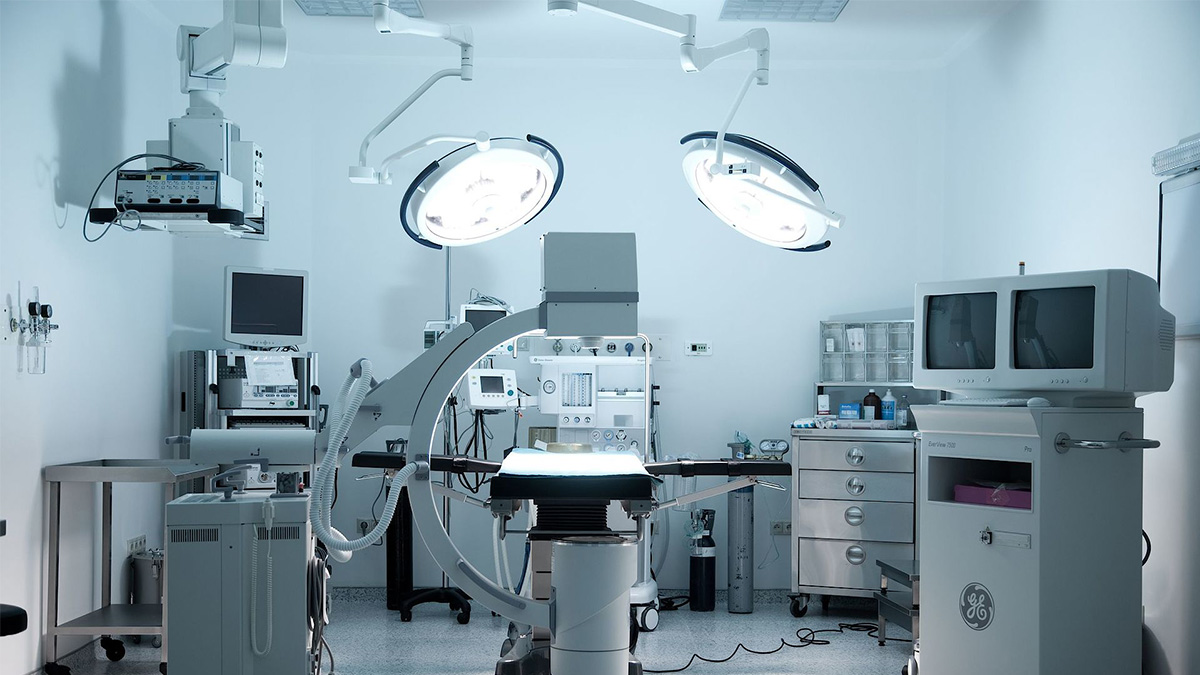With the advent of the AI era, the medical community has begun to use AI data analysis, develop surgical robots, and collaborate with doctors to create innovations in precision medicine.
New changes in medical surgery-the development of AI surgical robots
With advances being made in medical technology, and clinical requirements becoming more stringent, surgical robots have emerged as a high-accuracy solution for minimally invasive surgeries. With their high stability, flexibility, and precision, robots will be future improved to include the development of hand-eye coordination for minimally invasive surgery.
In the past, humans may have misdiagnosed or made mistakes in surgical procedures due to fatigue or other factors. Now robots can take over. Early and mild symptoms that humans may not notice can be detected by AI to give early warning so that doctors can prescribe the right medicine in advance. AI will not replace humans but will collaborate with humans to create precision medicine. Nowadays, AI surgical robots have already been officially introduced into the operating room to help physicians create lower-risk, safe and efficient surgeries with precision and flexibility.
How can AI surgical robots help physicians improve the performance of surgery?
Surgical robots can bring advantages to operations that require precise maneuvers. For example, using a traditional head frame used for head surgeries, a surgical robot can be programmed to perform delicate surgeries. Electrodes are implanted at the target position, and instruments can be maneuvered in relationship to the electrode positions, reducing the risk of human error. Combining AI surgical robots with 3D scanning application data allows operations to be completed with high precision and low error. During automated robotic procedures, the doctor can pay more attention to the patient's condition, and more efficiently complete the operation.
Traditional surgical operations can be time-consuming, causing pressure on the surgeon to perform the surgery quickly, resulting in errors. With the assistance of robots, the operating time is shortened, thereby reducing risk during surgery. The entire medical team’s efficiency can be improved, and risks due to extended time under general anesthesia can be reduced, leading to a higher probability of successful surgery. Family members are also spared from the anxiety of a long waiting time during surgery.
Equipped with computer vision, automatic navigation, and AI analysis technologies, there are many potential development possibilities for surgical robots:
For deep brain stimulation surgery, the room for error that in traditional surgery is about 2 mm – 10 mm, but surgical robots can limit the error to within 0.5 mm, improving the accuracy of the entire surgery.
Current state-of-the-art, mechanical, minimally invasive surgical systems are composed of three parts: A surgical robotic arm, a 3D endoscope, and a console. The 3D endoscope provides ultra-high-resolution, with a 3D field of view, giving accurate determination of distances and positions of objects, allowing the robotic arm to perform accurate operations. The robotic arm can imitate human beings to perform subtle movements such as rotation and gripping. It can perform delicate surgeries in a small spaces, as well as assist in the incision and suture of the operation. Accurate operations can also reduce scars, for better cosmetic results.
With robot-assisted surgery, the medical team's grasp of the situation during the entire surgical procedure will be relatively improved. Through automated operation using surgical robots, the lengthy surgery time typical in the past has been shortened substantially, reducing the burden on patients during the operation. With further integration of technologies, surgical robots will be able to use computer vision, automatic navigation, artificial intelligence and data analysis to complete more precise surgical operations, further reducing human errors.
Prospects for the development of surgical robots:
Work presently being performed by surgical robots is based on medical technology developed over the past few decades. With the improvements in precision and stability of surgical robots, doctors have been freed to focus more on the overall operation to obtain better medical diagnosis and medical quality.
The application of surgical robots has brought innovation to traditional surgery, and the scope of application has become more and more extensive. However, the high cost of surgical robots, national health insurance policies, and the high cost of consumables have limited their market development. But then the minimally invasive nature and quick postoperative recovery times resulting from the use of surgical robots can allow patients to be discharged early, reducing costs and the risk of postoperative recurrence. With the further development of medical technology, surgical robots will surely bring more convenience to the medical industry.





.jpg)






.jpg)
.jpg)
